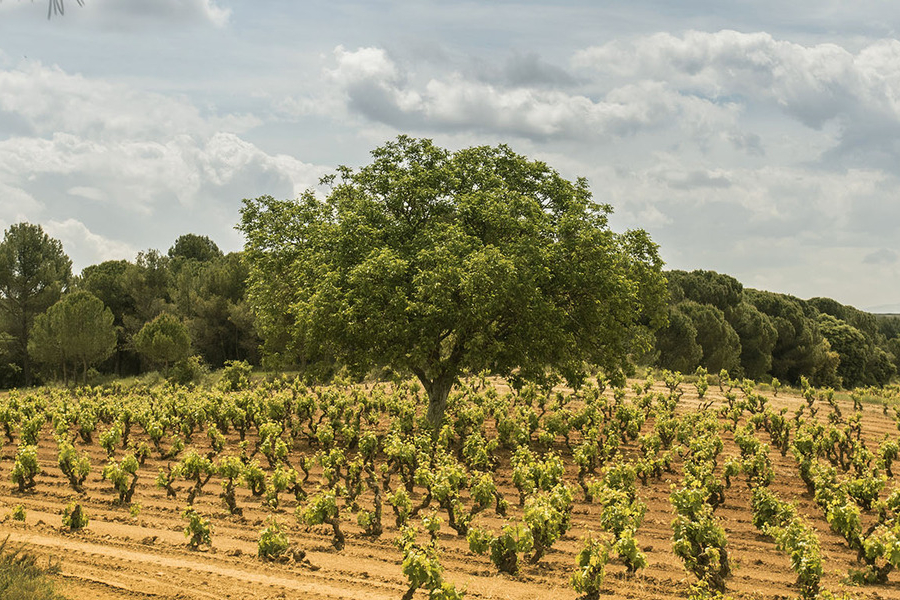
This winery was born during the production boom that took Rioja by storm in the second half of the 19th century thanks to the arrival of French négociants who fled phylloxera in search of wines. Francisco Javier Solano y Eulate, Marquis of Solana, followed the advice of French winemaker Jean Pinaud and started to produce Médoc-style wines in his numerous vineyards around Villabuena de Álava.
The winery is still managed by the same family. His great-grandchild Juan Pablo de Simón is currently at the helm. He moved to Rioja in the 1980s and since then has driven the winery's growth for the last two decades, which has seen its portfolio expanded, an improvement in the quality of its wines and a change in the name of the winery, now officially known as “De la Marquesa” (of the Marchioness), its traditional name in the village. The fifth generation, represented by Juan Pablo's children (Pablo, María and Jaime), is fully integrated in the business.
The winery produces around 400,000 bottles a year from 70 hectares of vineyards owned by the family, most of which are located in Villabuena and in nearby Baños de Ebro and Ábalos. They also look after 20 hectares owned by retired winegrowers and employees. Valserrano, their best-known brand, was named after one of the areas where they own vines. Located in Villabuena and covering 12 hectares, the largest vineyard is El Ribazo: mostly goblet-trained, 35-year-old vines grown in the village’s distinctive clay soils. In the 2011 vintage they started producing a deep, fruit-driven, highly enjoyable Tempranillo from these grapes that bears the name of the vineyard and retails at around €27 in Spain.
El Monte is another of their distinctive vineyards. Although it stands at higher altitude, grapes ripen earlier due to its sandy soils. Vines are surrounded by a pine forest planted by Juan Pablo’s grandmother –she intended to use the wood to make boxes for her wines but the idea was never developed. The forest is now a protected since it is the only stone pine plantation in the province of Álava. Grapes from the oldest plots next to the trees are destined to Finca Monteviejo (€37), a fine, juicy red wine which pleasantly surprises wine lovers who taste it for the first time. Both Monteviejo and El Ribazo are sold as generic red without the traditional aging indications.
The Valserrano range includes Rioja’s traditional Crianza, Reserva and Gran Reserva bottlings. Clean and fruity, the Crianza is a blend of Tempranillo and 10% Mazuelo. It is an easy drinking, honest red (€12, around 300,000 bottles) and one the winery's flagship wines. Reserva (€18) and Gran Reserva (€33), both blended with 10% Graciano, mirror the work carried out in the vineyard and at the winery, specially in the best vintages. They might not be as popular as those from other Rioja Alavesa wineries, but they are complex, consistent and well made.
There are two whites: a barrel fermented bottling (€12.5) and a structured Gran Reserva (€37) aged in oak for 25 months which develops beautifully in the bottle.
Bodegas de la Marquesa followed Contino in pioneering a 100% Graciano in Rioja. Neither this single-varietal nor their Mazuelo are released every year. A 100% Garnacha used to feature in the range but it has now been discontinued. These limited release wines retail at around €22 and production stands below 5,000 bottles.
Finally, Nico (€46) is a 100% Tempranillo personally selected by technical director Jaime de Simón to honour the birth of his first child. He is the first member of the family's sixth generation.
Most popular
NEWSLETTER
Join our community of Spanish wine lovers


